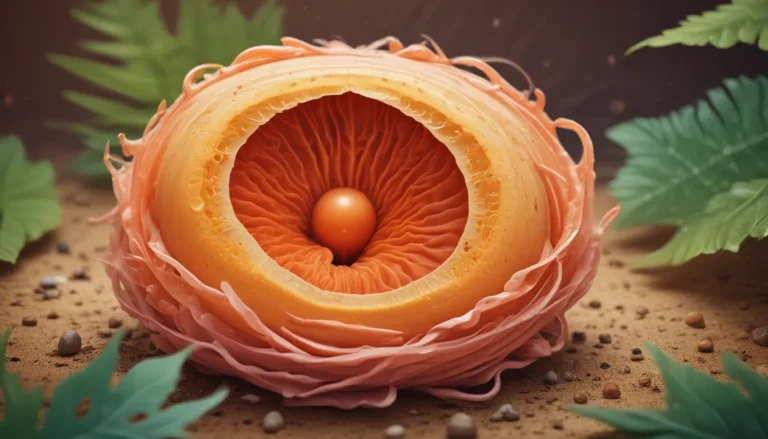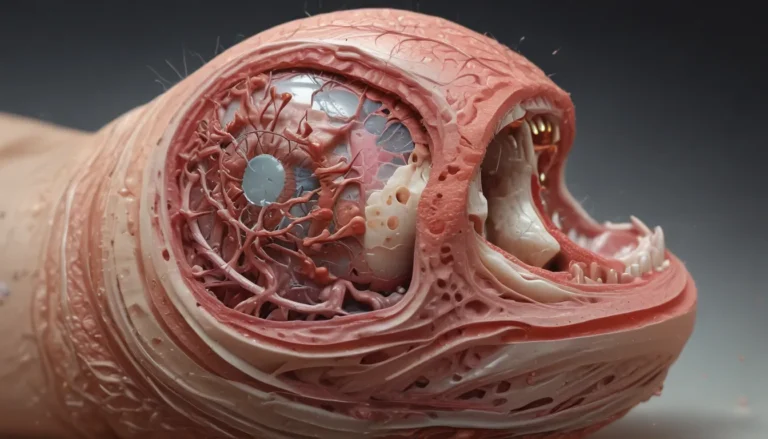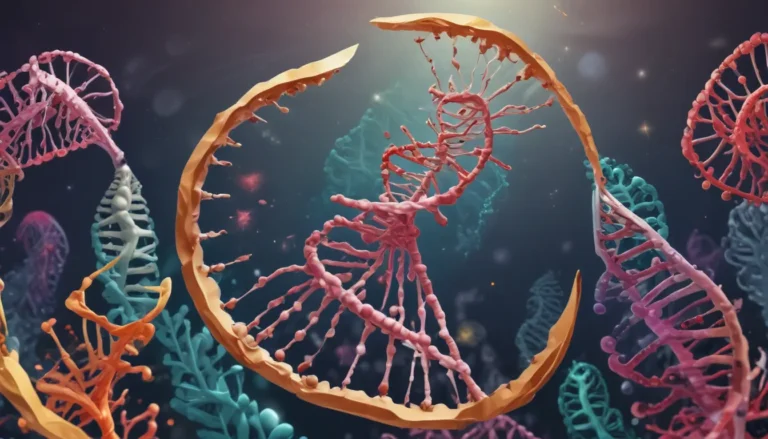A Note About Images: The images used in our articles are for illustration purposes only and may not exactly match the content. They are meant to engage readers, but the text should be relied upon for accurate information.
The field of assisted reproductive techniques (ART) has transformed the landscape of reproductive medicine, offering a ray of hope to millions of individuals and couples grappling with infertility. These cutting-edge procedures have paved the way for new possibilities in parenthood, enabling couples to fulfill their dreams of conceiving and starting a family. From the groundbreaking in vitro fertilization (IVF) to the intricate intracytoplasmic sperm injection (ICSI), ART encompasses a diverse array of techniques that have redefined the journey to parenthood.
The Evolution of Assisted Reproductive Techniques: A Glance into History and Achievement
-
The First IVF Birth: In 1978, the world witnessed a monumental breakthrough in reproductive medicine with the birth of Louise Brown, the first baby conceived through IVF. This pioneering achievement by Robert Edwards and Patrick Steptoe marked the dawn of a new era in fertility treatments.
-
8 Million Babies and Counting: Since Louise Brown’s birth, approximately 8 million babies have been born worldwide through assisted reproductive techniques. These techniques have been instrumental in bringing joy and hope to countless families facing fertility challenges.
The Role of ART in Overcoming Fertility Issues and Enabling Parenthood
-
Diverse Solutions for Fertility Challenges: ART offers solutions for a myriad of fertility issues, ranging from low sperm count to advanced maternal age. IVF, ICSI, and donor insemination are just a few techniques that have provided avenues for couples struggling with infertility.
-
The Significance of Sperm and Egg Donation: For individuals unable to produce viable gametes, sperm and egg donation present new possibilities. Donors undergo thorough screening processes to ensure the health and genetic quality of the donated gametes, offering hope to those eager to build a family.
-
Empowering LGBTQ+ Individuals and Couples: ART has played a pivotal role in enabling LGBTQ+ individuals and couples to achieve their dream of parenthood. Techniques like donor insemination and surrogacy have opened up avenues for same-sex couples to experience the joys of raising a family.
Embracing the Emotional, Financial, and Ethical Realities of Assisted Reproductive Techniques
-
Emotional Challenges: The journey of assisted reproductive techniques can be emotionally taxing, with highs and lows that demand resilience and support. It is essential for individuals and couples to navigate these challenges with understanding and compassion.
-
Financial Considerations: While ART offers hope, it is important to acknowledge the financial implications of these treatments. Costs associated with medications, procedures, and multiple attempts can add up, necessitating careful financial planning and exploration of potential assistance programs.
-
Ethical Contemplations: Advancements in ART have sparked ethical discussions surrounding issues like embryo selection and genetic manipulation. Ensuring ethical practices and regulatory frameworks is crucial to maintaining a balance between the benefits of these techniques and ethical considerations.
Navigating the Multidisciplinary Approach and Legal Landscape of ART
-
Multidisciplinary Collaboration: Successful implementation of ART requires a collaborative approach among healthcare professionals, including fertility specialists, embryologists, psychologists, and support staff. This holistic approach ensures comprehensive and personalized care for individuals and couples on their fertility journey.
-
Legal Considerations: The realm of ART is intertwined with legal considerations, encompassing laws and regulations related to gamete donation, surrogacy agreements, and parental rights. Consulting with legal experts well-versed in reproductive law is essential to ensure legal protection and clarity throughout the process.
The Future of Assisted Reproductive Techniques: Embracing Advancements and Ongoing Research
-
Advances in Fertility Preservation: Techniques like egg freezing, sperm freezing, and embryo freezing have emerged as valuable options for fertility preservation, empowering individuals to proactively safeguard their fertility for various reasons.
-
Ongoing Research and Innovation: Continued research in ART aims to enhance success rates, refine laboratory techniques, and address potential risks associated with fertility treatments. The commitment to advancement ensures access to safe and effective treatment options for individuals and couples.
Conclusion: Embracing Hope and Possibilities in the World of Assisted Reproductive Techniques
The realm of assisted reproductive techniques stands as a beacon of hope for individuals and couples navigating fertility challenges. From the first successful IVF birth to the millions of babies born through these techniques, the evolution of ART continues to shape the possibilities of parenthood. As advancements in technology and research propel this field forward, individuals and couples can look forward to a future filled with new opportunities and breakthroughs in assisted reproduction.
If you are considering assisted reproductive techniques, remember to seek guidance from qualified medical professionals who can provide personalized support throughout your journey. With the right resources and assistance, ART can serve as a promising pathway to realizing your dreams of parenthood.
FAQs: Navigating Common Questions and Curiosities about Assisted Reproductive Techniques
Q: How successful are assisted reproductive techniques?
A: Success rates of ART vary based on factors like age, infertility causes, and specific techniques used. On average, IVF success rates range from 40% to 50% per cycle, with potential increases in success rates with multiple cycles.
Q: Are assisted reproductive techniques safe?
A: ART procedures have been practiced for decades and are generally considered safe. However, like any medical intervention, they come with certain risks that should be discussed with a healthcare provider before proceeding.
Q: Are assisted reproductive techniques affordable?
A: The cost of ART varies widely, and these procedures can be financially demanding. Researching financial assistance programs and insurance coverage options can help individuals explore affordable alternatives for fertility treatments.
Q: How long does the process of assisted reproductive techniques take?
A: The duration of ART procedures can vary based on individual circumstances and specific techniques used. It typically involves several weeks to months, including fertility evaluations, hormonal stimulation, and embryo transfer.
Q: Are lifestyle changes necessary for successful assisted reproductive techniques?
A: While the success of ART primarily relies on medical interventions, adopting healthy lifestyle habits can positively impact treatment outcomes. Maintaining a healthy weight, avoiding harmful habits, and managing stress can potentially enhance the overall success of fertility treatments.
The journey of assisted reproductive techniques is a testament to the resilience, hope, and advancement in the field of reproductive medicine. As you delve deeper into the realm of ART, continue to explore and uncover the remarkable facts and possibilities that redefine the landscape of parenthood. Trust in the guidance of healthcare professionals and the support of loved ones as you embark on this transformative journey towards building the family you’ve always envisioned.






